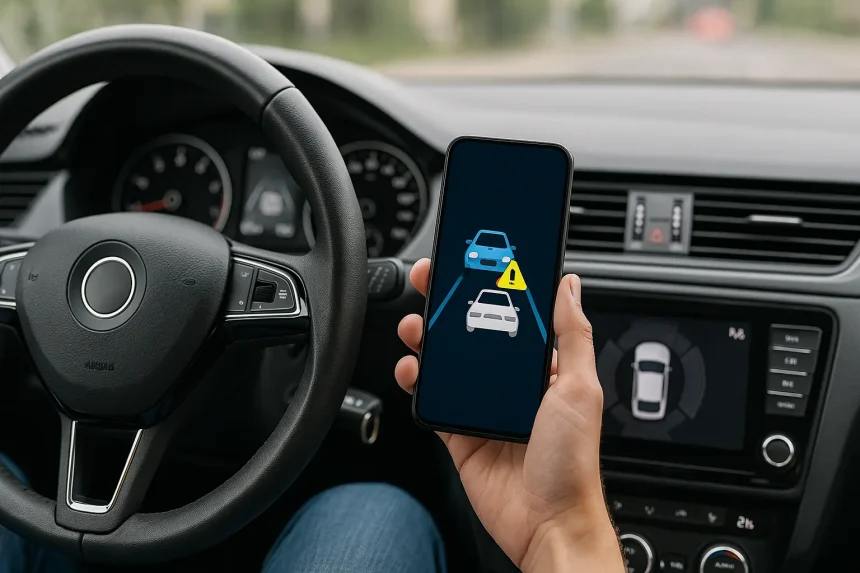Incidents involving vehicles in industrial settings present serious risks to operational continuity and personnel safety. As worksites become more complex, managing the movement of machinery and people requires advanced solutions. New technologies offer powerful methods for reducing collisions and enhancing overall site awareness, creating a safer environment for everyone.
Enhancing Situational Awareness with Advanced Sensors
Many modern safety systems use cameras and sensors to give equipment operators a more complete view of their immediate surroundings. These technologies help to identify pedestrians or obstacles that might be in a driver’s blind spot. This expanded field of vision allows drivers to make more informed decisions, especially when maneuvering in congested or noisy environments. The additional visual data helps compensate for human limitations and reduces the chances of an unexpected interaction.
Using Data to Identify and Mitigate Risks
Technology enables the collection of valuable data related to vehicle movements and operational patterns. Information on near-miss events, traffic flow, and recurring unsafe behaviors can be analyzed to pinpoint high-risk areas or specific times of day when incidents are more likely to occur. This analytical approach supports proactive safety management. Organizations can use these insights to redesign facility layouts, adjust traffic rules, or update safety protocols to address identified hazards before an accident happens.
The Power of Real-Time Alerts and Automated Controls
Some of the most direct safety improvements come from systems that provide immediate warnings to drivers and pedestrians. Real-time alerts, such as audible alarms or visual cues inside a vehicle’s cab, can draw attention to an impending collision. In some cases, technology can intervene automatically by slowing or stopping a vehicle to avoid a crash. These systems add a layer of protection that functions faster than human reaction time.
- Audible alarms that warn both drivers and nearby workers of potential danger.
- Visual notifications on in-cab displays that highlight specific hazards.
- Automated speed reduction in designated high-traffic or pedestrian zones.
- Direct intervention capabilities that can prevent an imminent collision.
Improving Safety Through Access Management
Controlling which vehicles are permitted to enter certain areas is a fundamental part of site safety. Technology can automate and enforce these rules, preventing unauthorized equipment from entering pedestrian-only zones or other restricted spaces. This helps maintain a clear separation between people and heavy machinery, which is a simple but highly effective method for preventing accidents. By managing access points automatically, organizations can ensure that safety policies are followed consistently.
Adopting New Safety Solutions
Implementing technological tools is becoming an essential component of a comprehensive safety strategy in industrial environments. These systems offer scalable and reliable ways to protect workers and assets from the risks associated with vehicle movement. Organizations looking to improve their site safety can explore options like a vehicle access monitoring system to better manage equipment and protect personnel.








